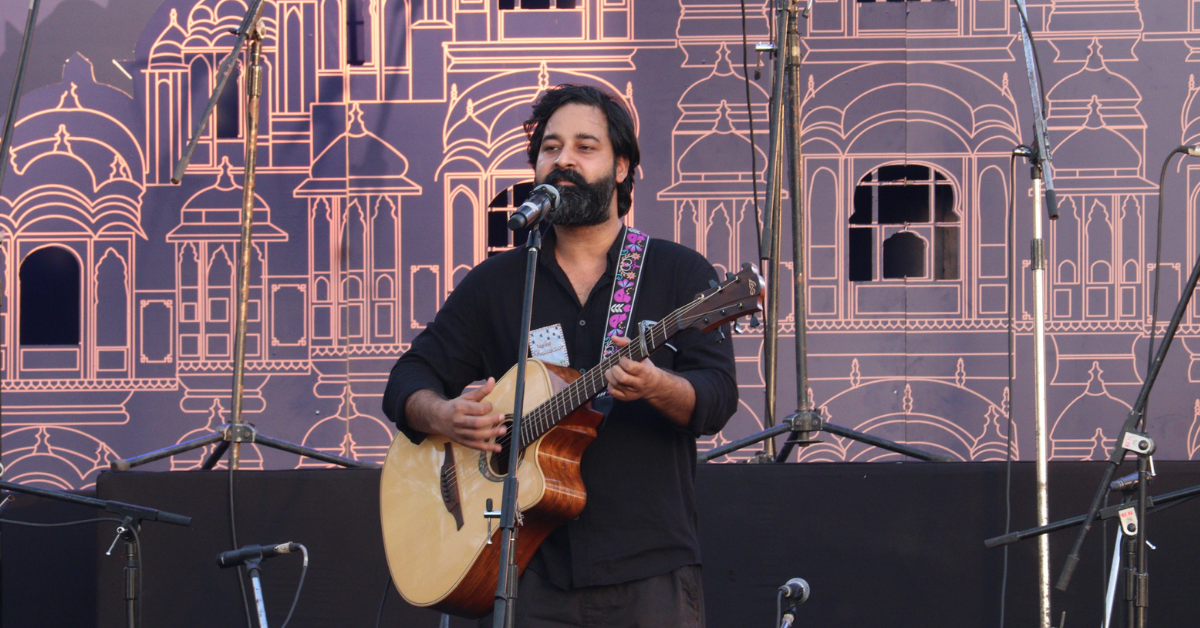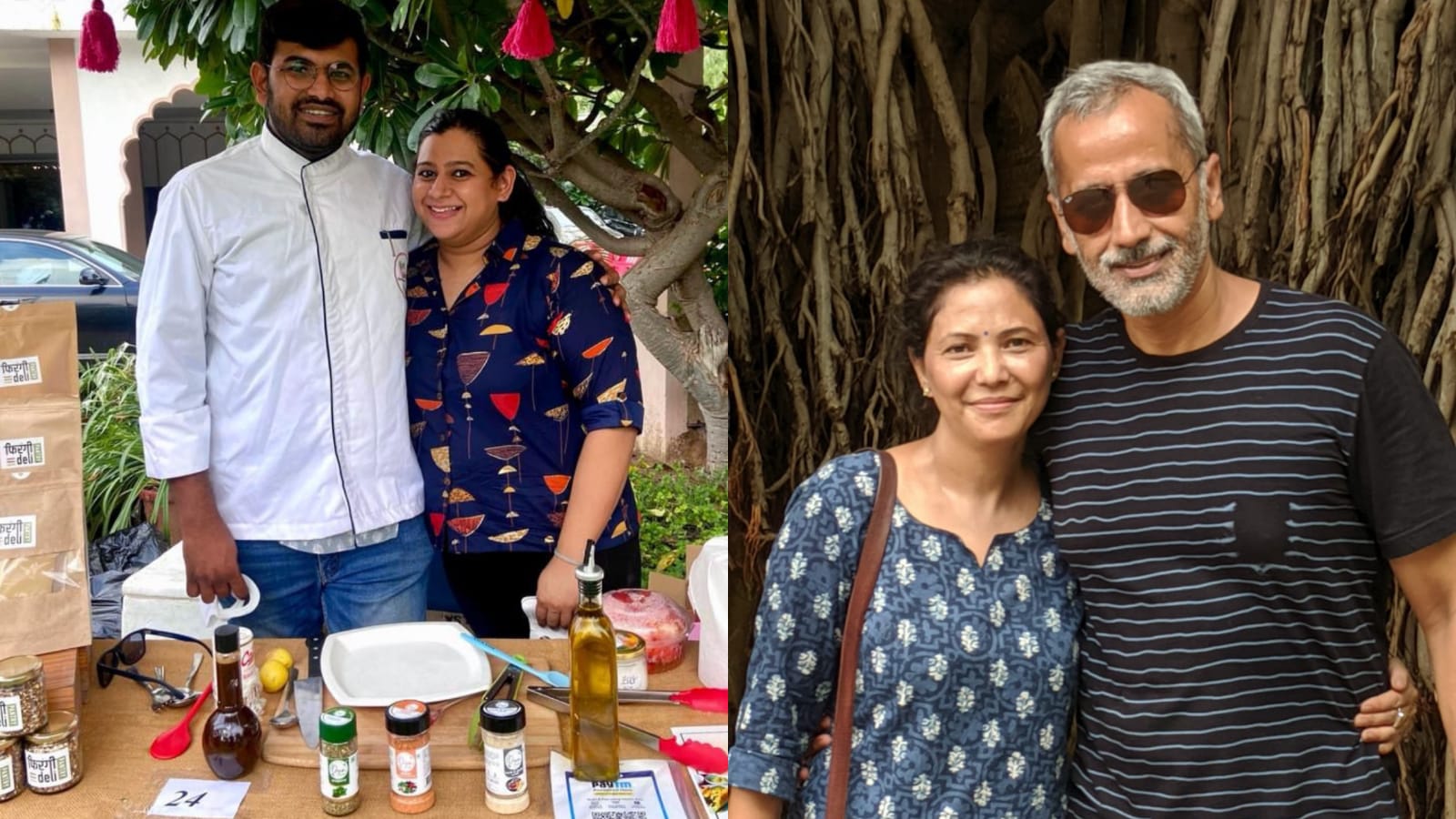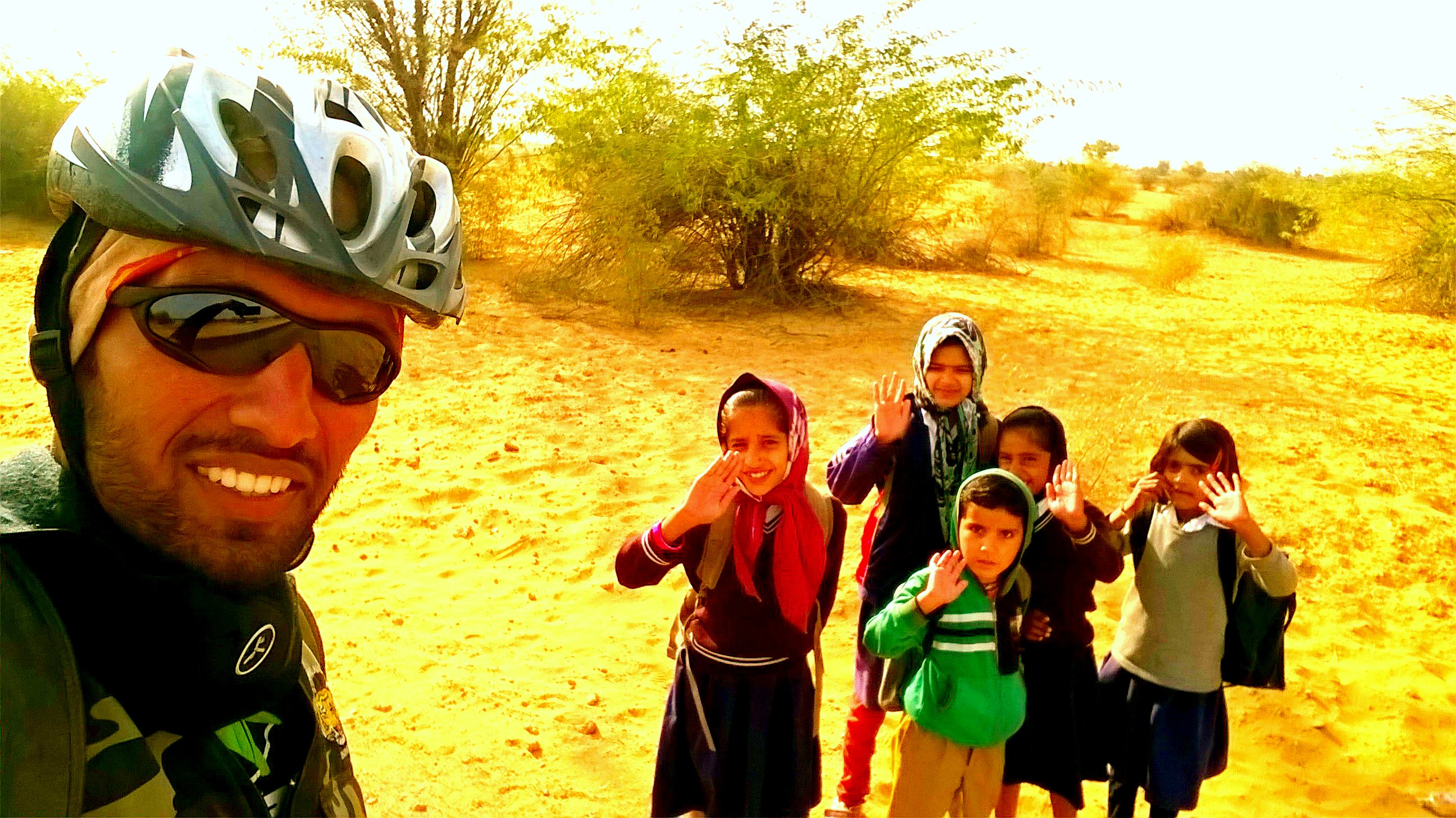Who doesn’t like to travel? So what if your pocket doesn’t allow you to go on a fancy Euro or world trip? You can always break the monotony of your 9 to 5 job or your rigorous study schedule with a nice weekend getaway! Short, sweet and won’t even burn a hole in your pocket.
If you’re a tourist visiting Jaipur or a local denizen of Jaipur and looking for a weekend getaway from the Pink City, here are a few options you may want to try.
AJMER
Distance from Jaipur-132 kilometres.
The 5th largest city in Rajasthan, AJMER is surrounded by the Aravalli Mountains in the western part of India. While talking about Ajmer, the first thing that strikes our mind is Ajmer Dargah Sharif of Khwaja Moinuddin Chishti .However, there is a lot more to it. Ajmer is a bustling city with chaotic markets and unending traffic that portray a beautiful picture of the Muslim architecture. In spite of being the most sacred of all Muslim pilgrimage places of India, tourists from different culture, community religion and race visit the city to pay their homage to the shrine. Ajmer attractions vary from pilgrim spots to shops selling Rajasthani handicrafts and delicacies are a delight to every tourist’s eye.

Also see – Best Festivals of Jaipur
Some of the famous tourist attractions in Ajmer are:
• The Dargah of Khawaja Saheb – The shrine has the grave (Maqbara) of the revered saint, is an international wakf (endowment), managed under The Dargah Khwaja Saheb Act, 1955 of Government of India.
• Ana Sagar Lake- is an artificial lake built by Anaji Chauhan, spread over 13 Kilometers. There is a Circuit house on a hill near the lake and there is an island in the centre of the lake that makes it look magnificent that it makes this is one of the beautiful lakes in India.
• Adhai-din-ka-Jhonpra- a Vaishnava Hindu temple built in 1153 and then converted into a mosque by Qutubuddin Aibak in 1193, is situated on the lower slope of Taragarh hill.
• Taragarh Fort- The fort guarding Ajmer was the seat of the Chauhan rulers. It is reputed to be one of the oldest hill forts in India & the world. The walls are two miles (3 km) in circumference and the fort can only be approached by way of a very steep slope.
• Nasiyan Temple- Jain temple also known as Soniji ki Nasiyan is an architecturally rich temple. The main chamber, known as the Swarna Nagari “City of Gold”, has several gold-plated wooden figures, depicting several figures in the Jain religion.
Other famous spots are Daulat Bagh Garden, Akbar’s Place Museum, Foy Sagar & Prithviraj Samarak Monument.
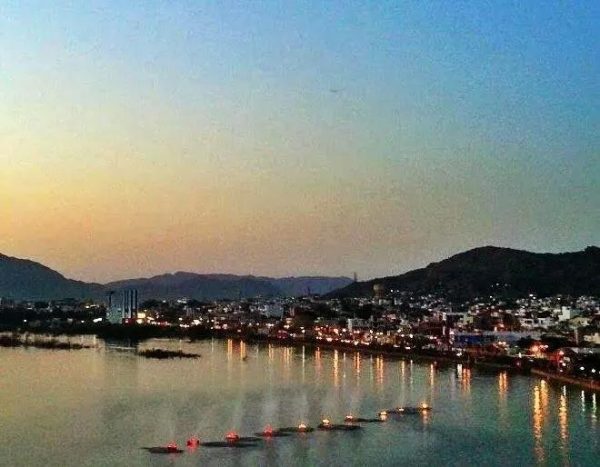
Shopping Attractions:
At Ajmer, one can look for items which have Rajasthani fervor and echo the old-world mood of the area. The splendid silver jewellery with traditional old designs is the main tourist craze. There is also a beautiful display of local handicrafts.
The city is known for its peace & tranquility which totally converts the place and augments in its aura. Thus, evening is the best time to visit the place as the whole city gets lighted up.
Also see – Things to do while you’re in Jaipur!
PUSHKAR
Situated 14 km (8.7 mi) northwest of Ajmer.
One of the oldest cities in India and is also one of the five pilgrimage sites for the Hindu .The town has hundreds of temples, including 14th century Jagatpita Brahma Mandir, a temple dedicated to Lord Brahma – Creator of the world. People from all over the world visit Pushkar especially for the Pushkar Fair, the largest cattle fair of the country. Set on Pushkar Lake, is a sacred Hindu site with 52 Ghats (stone staircase) where pilgrims bathe.
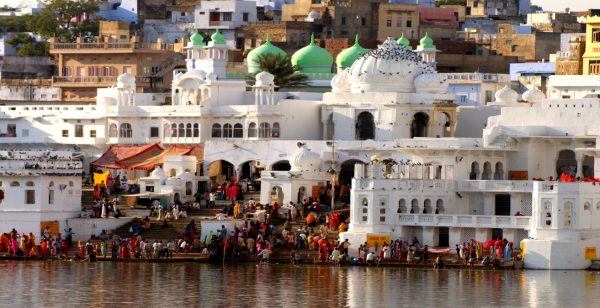
Best time to visit Pushkar:
Visiting Pushkar is an absolute no-no in the summer months (late April to early July). Winters are undoubtedly the best time to visit the city (late October to February). The Pushkar valley turns lively during the rainy season ,the hills turn lush green, little streams flow from the mountains, the lake takes a fresh cool look and everything appears freshly scrubbed.
The Pushkar fair is undoubtedly a good time to be in Pushkar. Early mornings and evenings are the best time to explore the “Camel Safari”. However late night is the time for the tourists to enjoy a nice beautiful musical program and tribal dance by local villagers at the desert camp or in a village.
Along with these destinations, Pushkar ia s must visit during November as it’s the month of Pushkar Camel Fair which is the biggest camel fair in the world and December is a time where one can explore and visit the popular Pushkar Resorts like Ananta Spa & Resorts, Pushkar Resorts, The Green House Resorts & Aaram Baagh etc ….for celebrating Christmas & New Year or on weekends

The tourists, localities and the travelers love to spend evening hours at the Holy Lake. Pushkar, a holy Hindu city is a must visit as there exist the most popular historic temples. Some of them are:
- Savatri Temple
- Varah Temple
- Mahadev Temple
JODHPUR
Distance from Jaipur- 283 Kilometres.
Well Monday is gone and weekend is near and you have just three days to relax and enjoy. So where should one go??
Jodhpur formerly known as ‘Blue City’ or the ‘Sun City’ enjoys tourists all the year round. The city is embedded with majestic monuments from those built in early days to recent ones in the 20th century. Not just palaces, the city also serves some delicious delicacies. With ever expanding city, places of recreation are also increasing in number. The city is not just fort and markets but also plays a role in the history. Jodhpur pottery is seen in Harappa and Mohenjo-daro, one of the oldest civilizations.

Also see – Five best places in Jaipur to have a BEER!
Some of the major tourist spots include-
Umaid Bhawan Palace: The majestic red stone palace built by Maharaja Umaid Singh consists of 347 rooms. The palace is a part of world heritage and considered as one of the best living palaces of the world. One thing that attracts the tourists the most and adds to the beauty of manor is the fact that the highness still lives there. A part of the palace is a museum now & the rest of the part is converted into a luxury hotel.
Mehrangarh Fort: One of the largest forts in India, the Mehrangarh fort was built around 1460 by Rao Jodha, the chief of the Rathore clan, who is credited with the origin of Jodhpur in India. The fort presents magnificent craftsmanship of the Jodhpuri craftsmen, exhibited in the fascinating sandstone palaces within the Mehrangarh Fort.
The fort houses grand palaces like the Moti Mahal or the Pearl Palace that houses the royal throne of Jodhpur known as the Sringar Chowki, the Phool Mahal whose ceiling is adorned by gold filigree work, the Rang Mahal and the Chandan Mahal. Currently the fort encloses the Mehrangarh Fort Museum where all the decorated rooms of the palaces and villas are exhibited along with the royal palanquins, miniature paintings, furniture, and historic armoury among others.

Some other tourist spots include: Arna Jharna-The desert museum of Rajasthan, Umaid Sagar, Jaswant Thada-Mausoleum, Balsamand Lake-Lake Garden, Rao Jodha Desert Rock Park.
What is a tour without shopping? It is a must do thing as we take back memories in a form of a material or a product which reminds us of the place.The city is home to numerous skilled and talented craftsmen.
Ghanta Ghar aka Clock tower is one of the oldest market area of Jodhpur. Earlier, the market was used for livestock sale and purchase. But now, locals and tourists can get anything like bangles, imitation jewellery, fruit & veg, spices, pottery, baskets, clothes, etc.
Next comes the Sardar Market, the exotic bazaars selling anything from textiles, antiques, silverware to handicrafts. Each bye-lane has its own speciality. Bangles are very popular. The range of items seen in this bazaar varies from its speciality, tie & dye textiles and hand embroidered leather shoes, to lacquer ware, genuine and ‘just-made’ antiques, carpets and rugs, quilts and blankets in winter, puppets dressed in typical Rajasthani styles to exquisite Rajasthani textiles, filigreed miniature beasts of burden, marble inlay work and old-age silver jewellery.
After all this sightseeing and shopping the basic requirement that comes is food. Well the city is a paradise for food lovers. Jodhpuri cuisine uses its own spices (asafoetida, raw mango powder and red chillies), cooking methods and presentation which are both aesthetically pleasing and of course, a wonderful treat. The interesting varieties of street food available on this side of the ‘Land of the Kings’ are Mirchi Bada, Mawa Ki Kachori, Pyaaz Ki Kachori, Makhania Lassi among many others.
Also see – Five Rajasthani Dishes you should definitely try
UDAIPUR
Distance from Jaipur-412 Kilometres.
Udaipur had been the capital of Mewar, ruled for centuries. The city is also known as Lake City because of its enchanting and exotic lakes which are fateh sagar, the Shayam Lake, Pichola Lake, the Udai Sagar Lake, Dudh talai. The beauty does not stay limited to the lakes, but there are many other places in Udaipur that add to its extraordinary charm of the city. The city also maintain equivalent rate of its popularity for royal marriages and traditional goods.
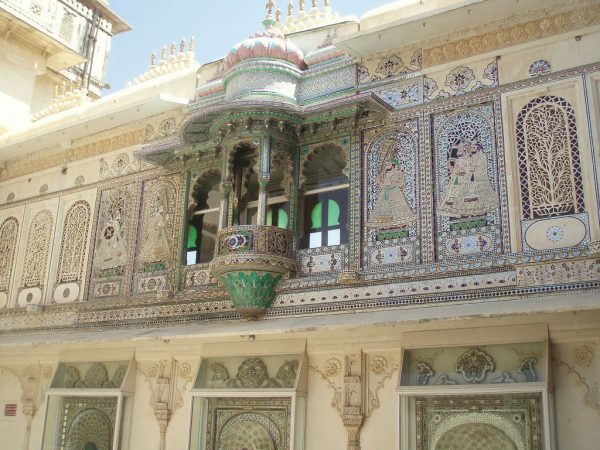
The important sites of Udaipur are:
The most famous is the Gulab Bagh situated at the centre of the city.It is the green heart of the city which gives clean and fresh air to the people .Tourist from all over come to visit this eye-catching park of 19thcentury. It is a heavenly pleasure and one of the best gardens of Udaipur.
City Palace located at the bank of Pichola Lake, the major part of the palace has been converted into museum. Palace tells us about wonderful blends of medieval, European & Chinese architecture. The magnificent work of City Palace cannot be bounded in words, so one must visit this palace to capture the real picture of it.
The Sajjangarh Palace which increases to the beauty of Udaipur is also known as Monsoon Palace because of its astronomical and geometrical predictions that it’s providing due to its location on the hill top. It was built by Maharaja Sajjan Singh, and is named after him.
One of the appealing lakes in Udaipur is Fateh sagar. The lake was built by Maharana Jai Singh in year 1668. Due to heavy rains, dam was destroyed and it was later reconstructed by Maharana Jai Singh. The lake is 2.4km long, 1.6km wide and 11.5m deep and it has three islands, in which Nehru Park is largest. It has a boat shaped garden which is popular among the tourist.
In spite of being in the desert regions it is one of the most beautiful and mesmerising places one could ever visit. Every glance at it enchants and pulls towards the custom in the town.
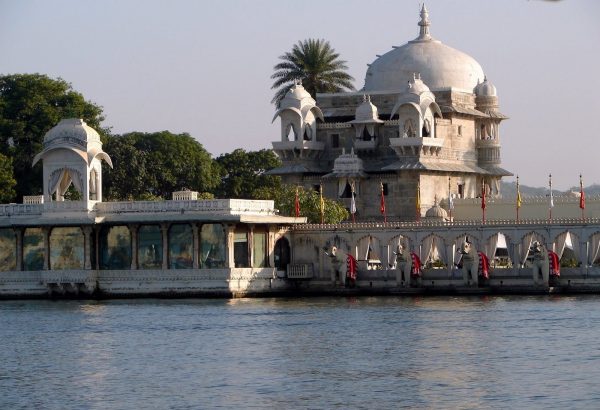
MOUNT ABU
Distance from Jaipur-497.5 Kilometres.
Rajasthan’s only hill station sits among green forests on the state’s highest mountain at the southwestern end of the Aravalli hills and close to the Gujarat border. Quite unlike anywhere else in Rajasthan, Mt. Abu provides Rajasthani, Gujaratis and a steady flow of foreign tourists with respite from scorching temperatures and arid beige terrain elsewhere. It’s a particular hit with honeymooners and middle-class families from Gujarat.

Mount Abu is located at the height of 1220 meters above the sea level. The hill station according to myths was known as ‘Arbudaranya’ and is believed to get its name from the name of a serpent god, Arbuda. Mount Abu is a place of interest for archaeologists as it has many ancient and medieval sites that attract these history seekers. It lies at the top of a granite peak on the magnificent Aravalli ranges and is covered with lush green forests.
The majestic ambiance and the diverse flora attract a lot of tourists to this beautiful hill station. Temples and ancient buildings of this place are the best examples of the rich tradition and culture of the state of Rajasthan. These buildings have carvings and paintings that are glorious in every sense of the imagination and tourists just don’t seem to get enough of them. It is one of the most important Jain pilgrimages in the whole country with the exquisite Dilwara Jain temple as the highlight of Mount Abu tourism. The mountain is of great spiritual importance for both Hindus and Jains and has over 80 temples and shrines. One who is planning a trip to Mount Abu can get the valuable information regarding this scenic hill station from their travel guide.
Be mindful that if you arrive during Diwali (Oct. or Nov.), or the following two weeks, prices soar and the place is packed. Mt. Abu also gets pretty busy from mid-May to mid-June, before the monsoon. In the cooler months, you’ll find everyone wrapped up in shawls and hats; pack something woolly to avoid winter chills in poorly heated hotel rooms.
NEEMRANA
Distance from Jaipur-136 Kilometres.
In between Behror and Shahjahanpur lies a small ancient historical town in the Alwar district called Neemrana. It is best known for its historical buildings and resorts. Neemrana also known, as Ahirwal region is an industrial hub as the Rajasthan government, through Rajasthan Industrial Corporation (RIICO), has developed industrial zones in various stages in the past several years. Also the Export Promotion Industrial Park (EPIP) and the Japanese industrial zone in Majarkanth are particularly noteworthy. Creating new employment opportunities’ companies and industries from India and abroad are arriving.
While most heritage resorts near Delhi are born with the beauty and treasures of history, Neemrana offers a vibrant site for magical weekend gateways, feast, celebrations and conferences. This 15th century heritage hotel is among the most popular resorts near Delhi for weekend breaks and is ideal to invent your own past at the dream side of history.
Seven palace wings built over 14 layers tiered into hills across 2.5 hectares/6 acres of garden-palace, make Neemrana fort- palace one of the most unique resorts near Delhi! Hanging gardens, two pools to swim out to the horizon, an Ayurvedic spa, and India’s first zip-line is what the world comes to experience!
One stay here will get you started on the discovery of the best resorts near Delhi. The Neemrana fort that was built from 1464 AD established by Raja Dup Raj in 1467 is among India’s oldest heritage resort hotels, as it was created in 1986. Its name is derived from a valiant local chieftain named Nimola Mao.
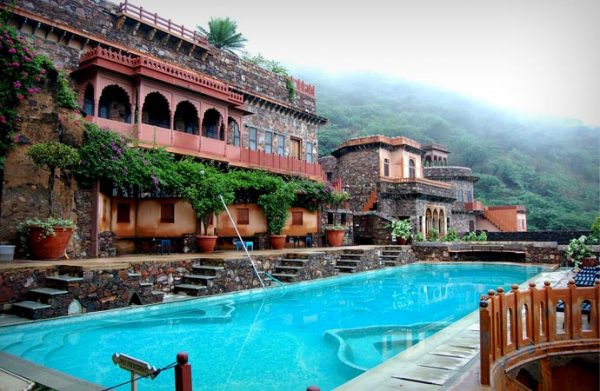
Baori on the other hand is very old and magnificent multi-story structured, compliments Neemrana. It has 170 steps and as we move down the construction seems to become smaller. Neemrana Baori reflects the beauty of old architecture.
Apart from this, located in the heart of the ‘Golden Triangle’ Kesroli is almost equidistant from the tourist sites of Delhi, Agra and Jaipur. It is used as a base to visit the Sariska tiger sanctuary, Kankwadi fort, Neelkanth temples, Siliserh lake, Jaisamand lake, Bhangarh-Ajabgarh the monuments of Tijara among many others.
RANTHAMBORE
Distance from Jaipur-130 Kilometres.
Ranthambore National Park is located in the Sawai Madhopur district of the south eastern Rajasthan. It is named after the famous Ranthambore fort. It is amongst the best national parks in India. And what make this leading wildlife reserve stand out in the country are its location, flora and fauna and royal ruins. Therefore it is not merely a wildlife destination in Rajasthan; it in fact narrates the history of glorious past of the state.
Besides tiger reserves the park has a multitude of other wildlife to enjoy. There are about other 250 bird species including eagles, kingfishers and parrots. Lucky visitors get to see crocodiles rise from the lotus covered lake. It is a major wildlife tourist attraction spot that has pulled the attention of many wildlife photographers and animal lovers.
The best time to visit the Ranthambore national park is from 1st Oct-30th June. The park is open for six hours a day three hours in the morning and three hours in the evening before dusk, as the tigers can be easily spotted during this season. Certainly, a visit to Ranthambore National Park is a treat for every wildlife and nature lover. The time spent on watching tigers roaming around and other species of chirpy birds and animals are priceless and worth enough to be explored at least once in a life.
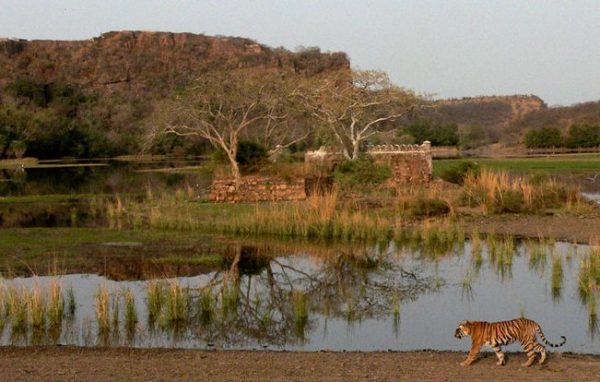
Ranthambore fort:
Ranthambore Fort is situated at the top of a hill of about 700 ft and is situated about 5 km inside the park giving tourist one more reason to throng the place. To honour the King’s contribution a 32-pillar canopy (locally known as ‘battis khamba chhattri’) was built that also marked the 32 years of king’s rule. The canopy still stands erect in the ruined premises of the fort and is a major attraction for visitors. It is a part of UNESCO world heritage site under the title “Hill Forts of Rajasthan”.
From there you can get to see the most beautiful view of the Ranthambore Park. Walking is the only way to reach there. It is very refreshing and exciting place as the big cats have been spotted up there. As you walk up to the fort the view of the surrounding keeps going better and better its breath taking. The soaring serpent eagles and other birds can be seen at the eye level. Overall it’s an amazing tourist destination.
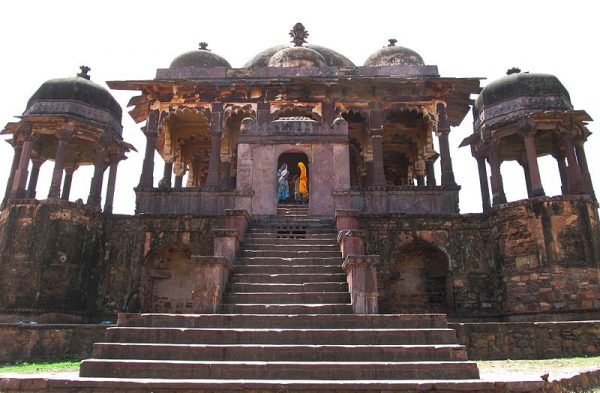
Guest
Latest posts by Guest (see all)
- Actress Sonali Bendre and Elif Shafak, the most widely read woman author in Turkey to be at JLF 2022 - November 29, 2021
- Jaipur Literature Festival goes spectacularly hybrid in 2022 - November 16, 2021
- 4 budget-friendly tips to ace your fashion game this Diwali - November 3, 2020


